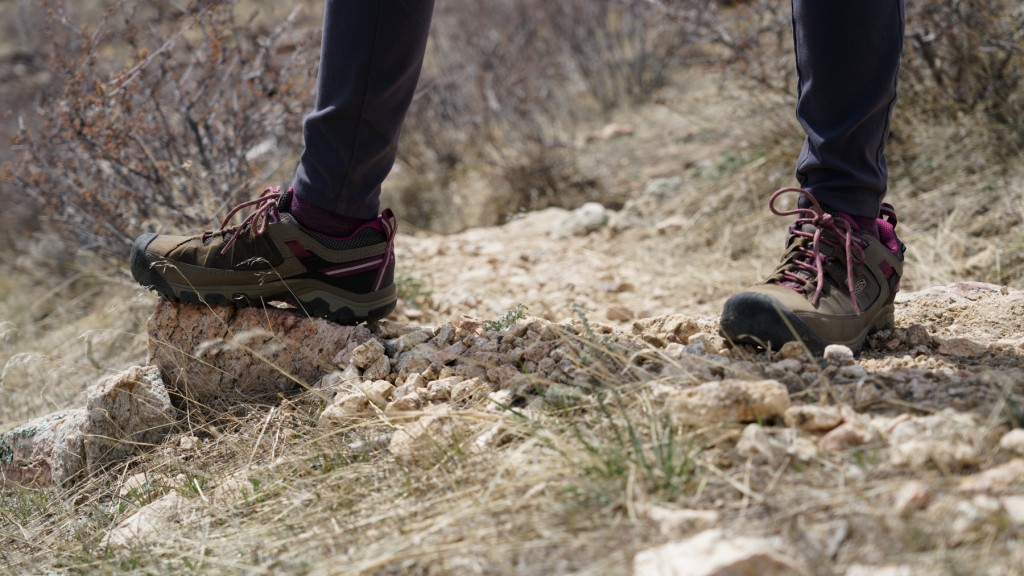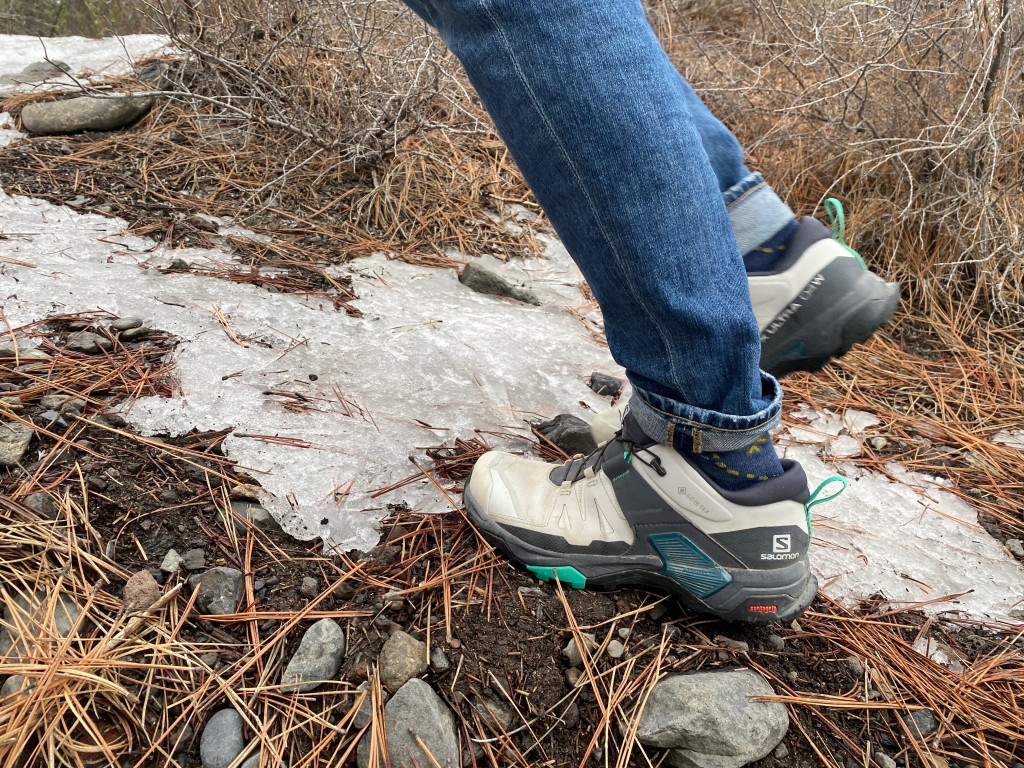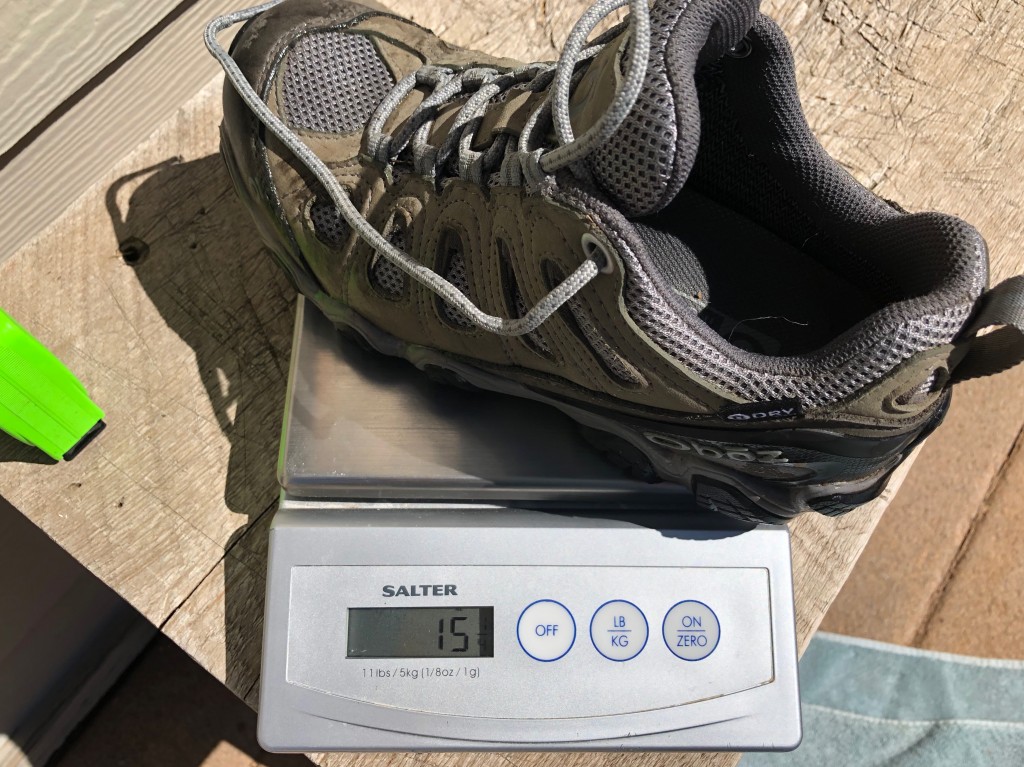For our testing, we wore these hiking shoes all over the Western United States, from the Northern Coast of California to the Front Range in Colorado and the desert Southwest, across sand, rock, mud, and dirt. We put numerous miles on each pair, comparing them back-to-back on short loops and donning packs to see how they fared with added weight during longer trips. We hiked up scree-covered buttes, mountainous switchbacks, and traversed the high desert. Shoes were tested and rated on the following metrics: comfort, support, traction, weight, water resistance, and durability.
Comfort
When determining the comfort of a hiking shoe, we compared the structure of each midsole and every other aspect of the shoe's design, considering the amount of cushioning in addition to the comfort provided by the overall fit during our hikes. We hiked (or ran) with light and heavy day packs to amplify differences and limits across each pair. Some models were more comfortable because they favored the shape of one person's foot over another. For example, a narrower shoe will likely feel too tight for someone with a wider foot; likewise, a wide shoe will feel too loose or spacious for a narrow foot. We made notes about whether the tongue sat flush over our instep, whether it was challenging to adjust the laces, and whether the heel cup was too big or bit into our ankles. However, some of these variables may be specific to the shape and structure of your foot. Our goal was for this rating to reflect aspects of design we all experience regardless of foot shape. We made notes about individual experiences, but we tried to consider comfort from as neutral a position as possible. With that being said, we do make recommendations for the foot shape each model will best accommodate.
Support
For support, we evaluated several components of the shoe: the arch, (both internally and the insole), lateral structure, as well as the performance and adjustability of the lacing system. Arch support is somewhat relative to the shape of each foot; too much support can make a shoe uncomfortable for those with high-volume feet. However, a good hiking shoe should provide some structure to prevent fatigue. We rated the lateral support based on hiking experience: did the sole collapse on us, did we feel unstable on rocky ground, and did our ankles cave in at all. We also twisted each pair — in a motion similar to wringing out a wet towel - to determine lateral stiffness. This tells us how much side-to-side support a shoe will offer when you're traveling on uneven ground, especially when you are carrying a heavy pack and your feet are fatigued. Next up, we evaluated the flexibility of the forefoot. If there is too much flexion in the forefoot, your feet are likely to become exhausted, and on the flip side, if there is too little flexion, the front of your shoe will feel rigid and won't perform as well on inclines. Finally, we evaluated the lacing and adjustability of each pair to determine how effectively each shoe secures our ankles, minimizes heel lift, and offers the most torsional stability.
Traction
Several factors go into our traction scores. A hiking shoe should provide traction on a variety of terrain, whether moving uphill, downhill, or traveling on off-camber surfaces. We noted if there were any slippage issues on trails and assessed how they responded across rock slabs and wet logs. We noted how sticky, soft, or hard the rubber was and the effectiveness of the tread pattern on different surfaces. The shoes that provided the most confidence underfoot throughout varying mountainous terrain received the highest scores.
Weight
Manufacturer weight information can vary by shoe size, so we weighed each individual pair to have a relative measurement for comparison. Lighter shoes tend to create less fatigue over time and can be more agile on faster hikes. However, they also tend to be less durable, supportive, and stable for extended trips into the backcountry. Fortunately, as technology advances, manufacturers have incorporated lighter-weight materials that offer both excellent support and high performance.
Water Resistance
We tested these shoes in the field where stream crossings, mud puddles, and snow patches were common. We also evaluated water resistance by wearing fresh socks and then submerging each shoe in four inches of water for five minutes, noting how much water the sock inside absorbed and where that water appeared to enter the shoe. We also took note of any notable weight gain in the shoe from absorption and how long non-waterproof shoes took to dry post-test. Finally, we submerged each shoe for several minutes in mountainous streams during our hikes in order to know which shoes were capable of remaining dry and those waterproof designs that were not able to perform when submerged.
Durability
We hiked numerous miles and thousands of vertical feet over the course of many weeks to test each pair of hiking shoes. That said, most hiking shoes fail around 300-500 miles, which we could not achieve in our testing timeframe with this many pairs of shoes. We did closely examine each pair for signs of wear or weak spots and also researched online user reviews to see if there were any consistent patterns of wear or weakness. We also share our thoughts regarding the potential durability and quality issues we foresee based upon each shoe's individual design and materials used in its construction.







